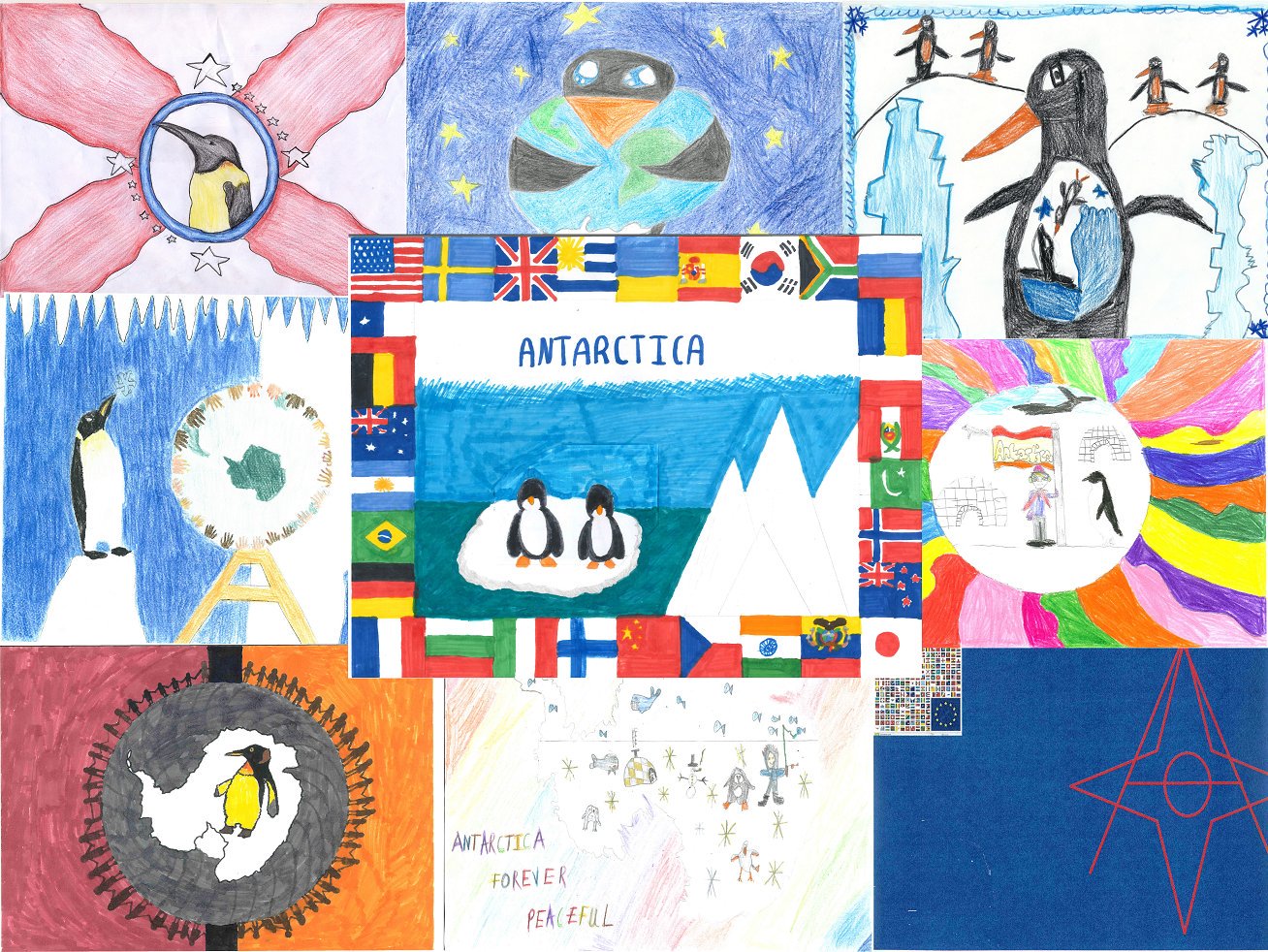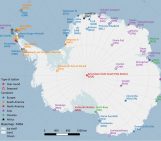
December 1st 2019 marks the 60th anniversary of the signing of the Antarctic treaty. To celebrate the signing of the treaty, ‘Antarctica Day’ now occurs each year on December 1st. But what is the Antarctic Treaty? How do people celebrate? This week’s blog post will tell you everything you need to know, just in time for celebrations!
Antarctic Treaty
The Antarctic Treaty was originally signed by 12 nations on December 1st 1959, and was extended in 2011 to include signatures of 49 countries. The overarching aim of the treaty is to limit activities in the Antarctic to those of peace and discovery. There are seven main points of the treaty, which focus on: scientific freedom and collaboration, no use of nuclear or disposal of radioactive waste, and no ownership of land by any one country. Anywhere south of 60°S is included in the treaty, meaning protection for the Southern Ocean, sea ice, land ice and bedrock. The treaty is very successful and has led to further commitments by nations to protect wildlife and the natural resources. To read more about the future treaties, read our post about Antarctica day in 2017.
Antarctica Day
On December 1st 2010, Our Spaces created Antarctica day, to celebrate the signing of the Antarctic Treaty with events and activities. One of these activities is the ‘Antarctic Flag’ project, originally organised by the UK Polar Network and Our Spaces but is now run by many groups. The project encourages children to draw an ‘Antarctic flag’, which then travels south with a scientist or researcher, to be photographed somewhere in the Antarctic (Fig 2). There is no official flag for the Antarctic, but children are asked to use their imaginations, and their flag designs are works of art! This successful project has been running for over 5 years. This year, over 110 schools have sent flags to the UK Polar Network, including schools from the UK, Spain, USA, Hong Kong, Portugal, Dubai and Iceland. As well as encouraging children to use their imagination, the projects help raise awareness and educate children about Antarctica and the activities that take place there.

Figure 2: Whilst penguins feature heavily in the flag designs, colour, collaboration, peace and science are also included [Photo credit: UK Polar Network].
What will you being doing to celebrate Antarctica day this year? Check out some activities for all (young and less young) on the Our Spaces website and let us know what you are doing to celebrate Antarctica day by tagging us on twitter @EGU_CR.
Further reading
- Information leaflet about the Antarctic Treaty
- Our Spaces website and Map Instructions
- Link for UK Schools about Antarctica Day
- International Thwaites Glacier Collaboration website
- Image of the Week – Antarctica Day
Edited by Emma Smith
 Jenny Turton is a postdoc at the Friedrich-Alexander University in Erlangen, Germany. Her research focuses on atmosphere-ice interactions in northeast Greenland. She was part of the early Antarctic flag project and liaised with schools whilst volunteering for the UK Polar Network in 2014-2016. She tweets from @TurtonJ1990.
Jenny Turton is a postdoc at the Friedrich-Alexander University in Erlangen, Germany. Her research focuses on atmosphere-ice interactions in northeast Greenland. She was part of the early Antarctic flag project and liaised with schools whilst volunteering for the UK Polar Network in 2014-2016. She tweets from @TurtonJ1990.



